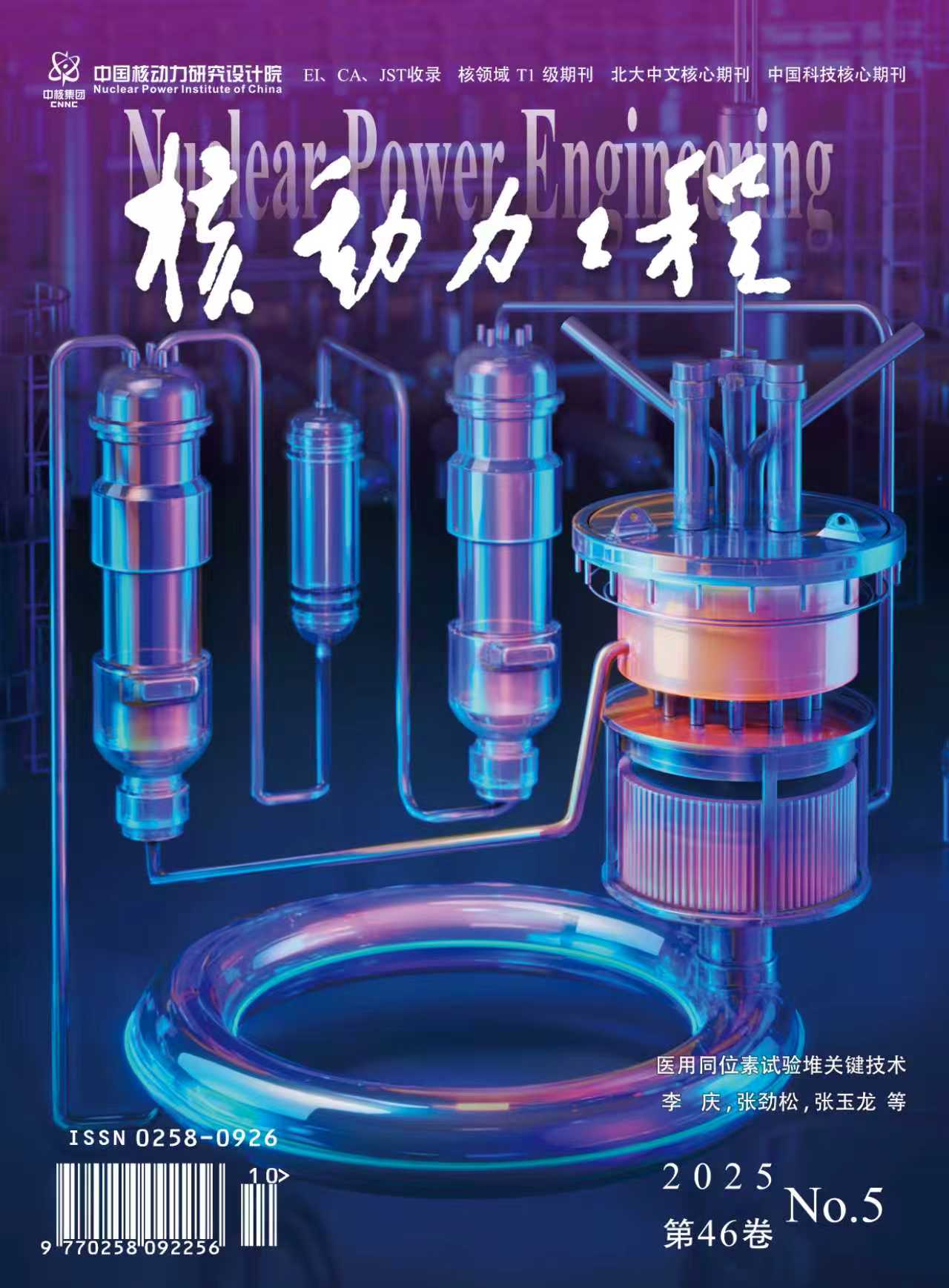2008 Vol. 29, No. 6
Display Method:
2008, 29(6): 1-5,9.
Abstract:
2008, 29(6): 6-9.
Abstract:
2008, 29(6): 10-13,29.
Abstract:
2008, 29(6): 14-16.
Abstract:
2008, 29(6): 17-20.
Abstract:
2008, 29(6): 21-24.
Abstract:
2008, 29(6): 25-29.
Abstract:
2008, 29(6): 30-34.
Abstract:
2008, 29(6): 35-40.
Abstract:
2008, 29(6): 41-45.
Abstract:
2008, 29(6): 46-49,57.
Abstract:
2008, 29(6): 50-53,65.
Abstract:
2008, 29(6): 54-57.
Abstract:
2008, 29(6): 58-61.
Abstract:
2008, 29(6): 62-65.
Abstract:
2008, 29(6): 66-69.
Abstract:
2008, 29(6): 70-73,90.
Abstract:
2008, 29(6): 74-78.
Abstract:
2008, 29(6): 79-82,105.
Abstract:
2008, 29(6): 83-86.
Abstract:
2008, 29(6): 87-90.
Abstract:
2008, 29(6): 91-94.
Abstract:
2008, 29(6): 95-97,101.
Abstract:
2008, 29(6): 98-101.
Abstract:
2008, 29(6): 102-105.
Abstract:
2008, 29(6): 106-109,124.
Abstract:
2008, 29(6): 110-114.
Abstract:
2008, 29(6): 115-118.
Abstract:
2008, 29(6): 119-124.
Abstract:
2008, 29(6): 125-127.
Abstract:
2008, 29(6): 128-131.
Abstract:
2008, 29(6): 132-144.
Abstract:



